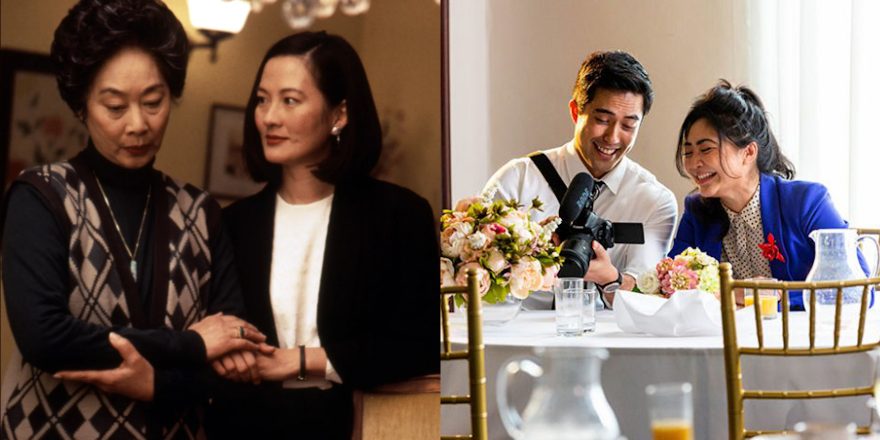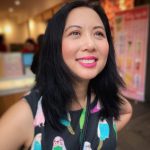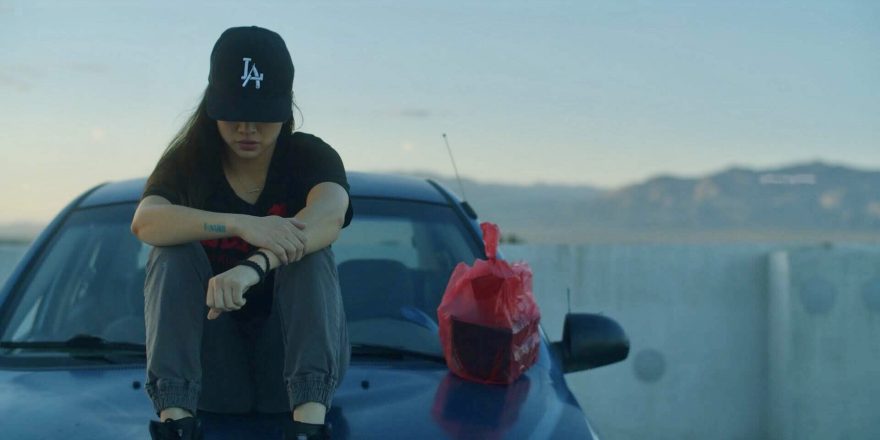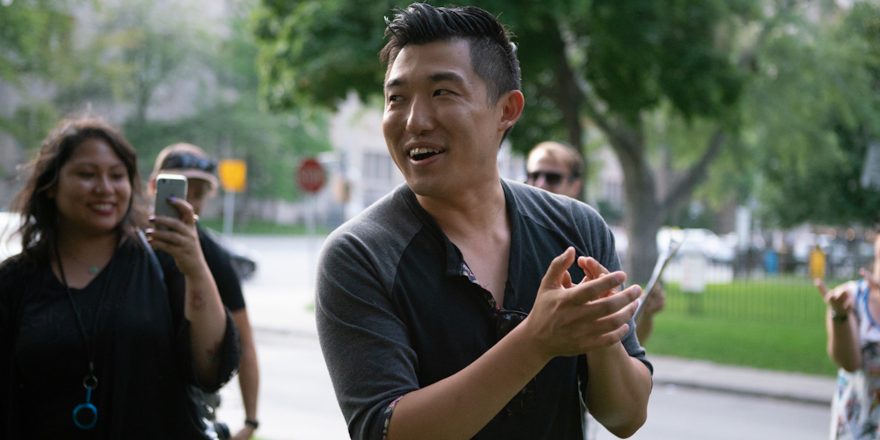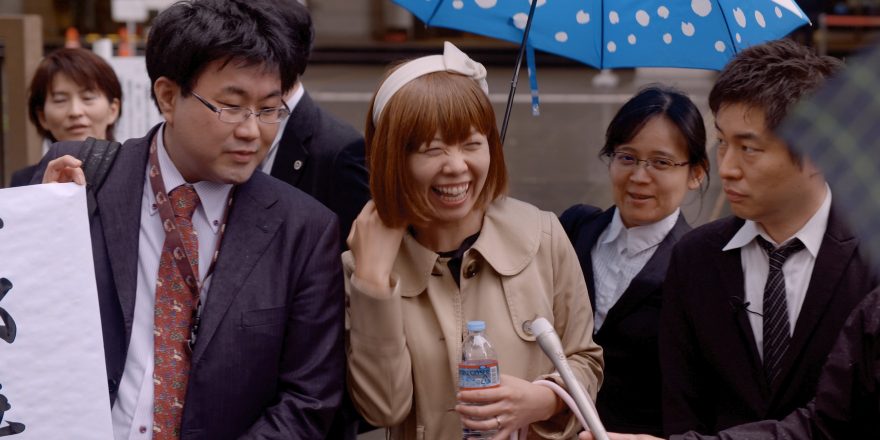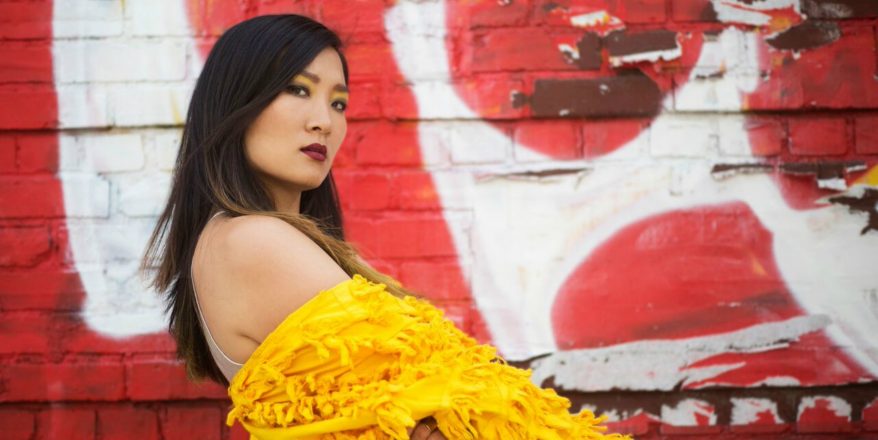I was born in Singapore and came to Perth, Western Australia, as a one-year-old. I celebrated my first birthday on the Centaur ship, coming across the great Oceania to Fremantle port. There, my life as an Asian Australian had just begun – little did I know what life had in store for me Down Under.
I remember quite vividly my first day at primary school, where I was the only Asian and everyone else was white. Already I felt out of place. At lunchtime, I eagerly watched a group of older boys playing basketball and wanted to join in. When the ball bounced off the court, I raced to grab it and threw it back to them proudly. To my surprise, a boy yelled back, “Hands off our ball, you ugly Jap!” Jap? I remember going home and asking my mum and dad, “Why did he call me Jap?” I wasn’t Japanese, and why did he say it in a mean tone? My parents tried to explain that not everyone in the world was nice, that there were unkind people and I had to be brave and ignore them. I also noticed when growing up that whenever we went shopping, people treated my father with respect because he was Caucasian, but whenever my mum went to the butcher’s and other stores, she would always be served last and treated in a derogatory manner. Being Asian felt like being second class.
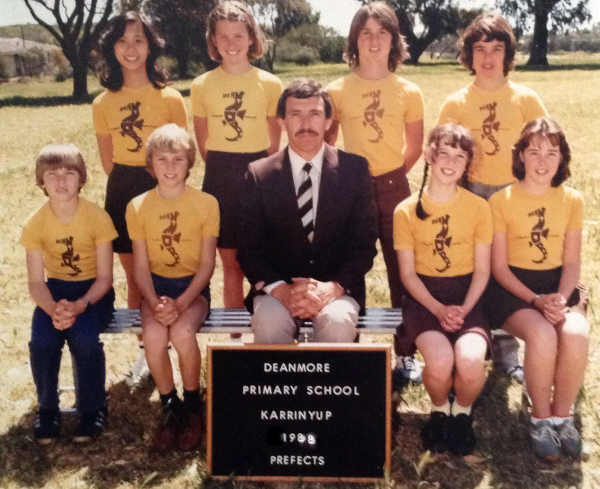
As an only child, I spent a lot of my time entertaining myself, playing with dolls and toys and watching television and movies. I used to watch midday movies at home and occasionally I saw Jackie Chan films. When I watched him, I felt empowered. He was the only Asian on screen at that time who I could identify with. He had found his mojo – karate – and was respected for it. I thought that I must find mine. As a five-year-old, I discovered that I was good at athletics; I could run as fast as the wind. At the school athletics carnival, I won all my races, received my first medal and was named junior sports champion. I was finally treated with respect by my peers. I continued to win every year and was eventually elected sports captain and prefect in my final year at primary school. All thanks to watching Jackie Chan, who gave me the confidence to find something that I was good at!
My first day at high school at a private girls school was eye-opening. There were finally a few other Asian girls at school, but most students came from wealthy families. On my first day, I saw their parents driving the latest BMWs and Mercedes, while my mum dropped me off in our yellow Datsun 180B. If I hadn’t received a scholarship, I wouldn’t have even been at the school. Many girls had private sports trainers, giving them an edge. I started to come second during athletics, no longer first, and soon I lost my passion for sport because I had to work harder, which I wasn’t prepared to do.
Over time, my interests turned to the arts. I joined the performing arts club and wanted to become a stand-up comedian, actor or writer. I enjoyed reading my creative writing stories out loud and it made me feel good to hear my class erupt with laughter at them. I also enjoyed going to the movies on weekends. My favorites were anything with Molly Ringwald, like Pretty in Pink, The Breakfast Club and Sixteen Candles. Later, I became a big Meg Ryan fan. I loved watching When Harry Met Sally, Sleepless in Seattle and You’ve Got Mail. I used to research Nora Ephron and wanted to be just like her when I grew up. She was the first female filmmaker who made romantic comedies that I enjoyed watching, buoyed by Meg Ryan’s quirkiness and fun-loving persona.
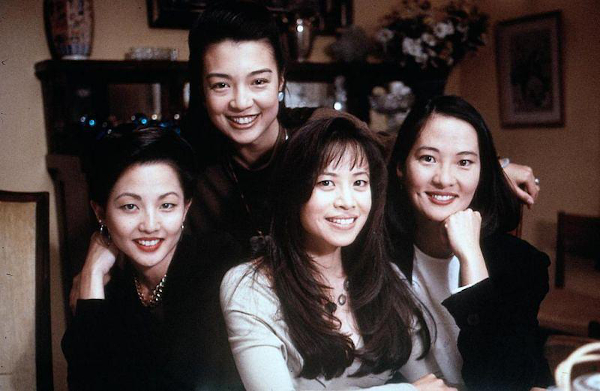
When The Joy Luck Club was released, however, that was a game-changer for me. Finally, here was a big-budget film that had Asian-Americans on screen that I could relate to. Because stories and movies shaped how I saw the world, I finally felt that I belonged. I could relate to both of the main characters, Ming-Na Wen’s June and Tamlyn Tomita’s Waverly. I felt a connection to June because her mother was harder on her and sometimes didn’t accept her choices, like my mother didn’t want me to have a career in the arts because it wasn’t stable. I felt a kinship with Waverly because, like her, I used to want to be rich like the other girls at my high school. That changed when my parents told me that being rich attracts superficial relationships and shallow people who are only there for the good times, but when the bad times hit, you realize who your true friends are. They were right. In my own life, I discovered that some people only want to be friends with you because you can give them something short term, but once they get what they want, they leave.
After I saw The Joy Luck Club, a seed was planted at the back of my mind: I wanted to one day make an Asian-Australian film that I could relate to and identify with, as there were no feature films ever made in Australia with Asian leads.
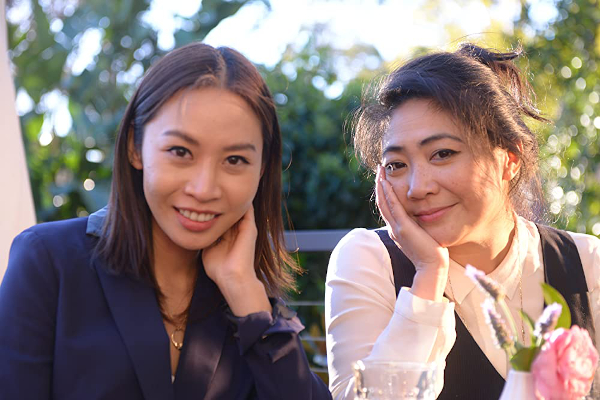
Fast forward to 2018: I had just finished filming my first feature, the romantic comedy The Script of Life, starring Erica Long and Callum Alexander. I wasn’t brave enough to have an all-Asian cast, like The Joy Luck Club, but I’d experimented with having a mixed race cast. To my surprise, the film won Best Drama at the Amsterdam International Film Festival and was picked up for distribution by Leomark Studios. Then in the same year, Crazy Rich Asians was released. It was only the second big feature that had an all-Asian cast; 25 years after The Joy Luck Club came out, finally there was another. I loved the film and every Asian I spoke to also enjoyed it, because it gave us a sense of identity and belonging.
On the last day of filming on The Script of Life, I recall sitting in the car talking to Kathy Luu, a supporting actress in the film. I said, “Wouldn’t it be great to work together again on another project, but with you and another Asian actor as the leads?” Kathy agreed and replied, “It would be the first Asian-Australian rom-com – we’d be making history.”
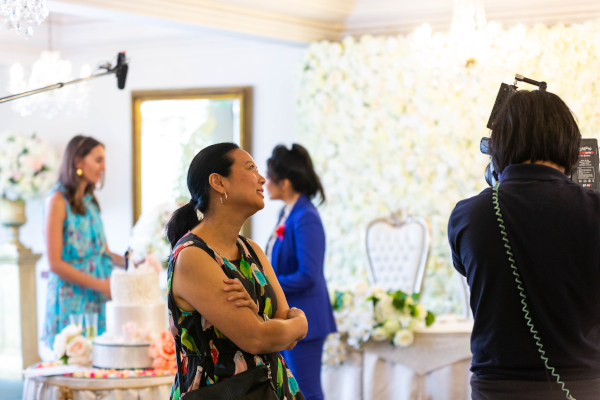
I was about to fly off to New York for break and I told Kathy I’d work on a script idea while I was away. The film I came up with was Rhapsody of Love, which follows the lives of couples at different stages of their relationships in four intertwined storylines. I wanted to make this romantic comedy about more than just falling in love, but also touch on the subject of mental health, looking at how anxiety can overtake how a person lives and is seen by others. I myself suffer from anxiety, as do many of my friends, and it’s an issue that isn’t tackled enough on screen.
I also chose to address the issue of body positivity in relation to Kathy Luu’s character, Jessica Flowers, because at the beginning of my acting career, I was often told to lose weight. I recall on a shoot in Singapore, I was told I could only have two pieces of sushi, while everyone else on set could eat as much they wanted. Luckily, food and I have a good relationship and I decided from that point onward that no one would ever tell me what I could or could not eat. I want women to never feel ashamed of their bodies, but instead be proud of them.
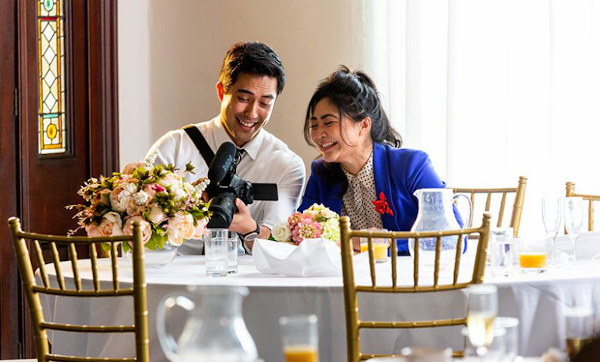
These are some of the important choices I made whilst making Rhapsody of Love and I was lucky that my producer partner, Ana Tiwary, was on the page as I was. It was important to me to make a film that championed diversity with not only a strong Asian-Australian cast – Kathy Luu, Damien Sato, Jessica Niven and Benjamin Hanly – but also gave women in the crew opportunities they hadn’t had before. Our cinematographer, Goldie Soetianto, who is Asian Australian, got to shoot her first feature and Meret Hassanen, who has a disability, shone as an associate producer, alongside Kathy Luu. Our set designer, Jessie Singh, and sound recordist and post sound, Lara Cross, are also both Asian Australian.
I hope to continue to change the narrative of how Asians are represented on and off screen with my next film, Get a Life, Alright, again championing diversity and giving opportunities for women to create social change in the industry.


